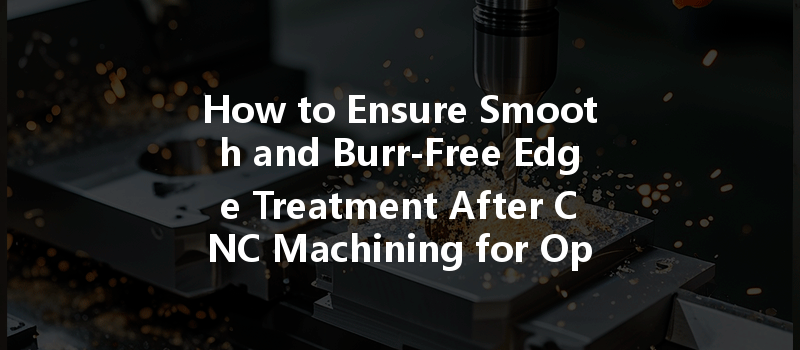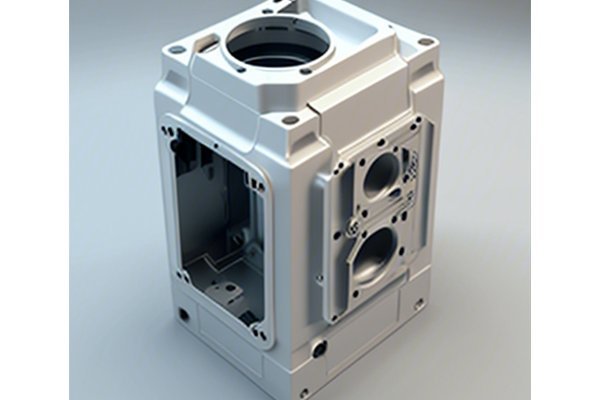: The Importance of Edge Treatment in CNC Machining
In the fast-paced world of CNC machining, precision and quality are non-negotiable attributes that define success. Among the myriad of techniques and processes, the treatment of edges is a critical aspect that warrants attention. Burrs – those unwanted, jagged protrusions that result from cutting processes – not only detract from the aesthetic appeal of a component but can also compromise its functionality, assembly, and longevity. At YL Machining, we understand that delivering perfection requires meticulous attention to every detail. In this blog, we delve into the importance of achieving smooth and burr-free edge treatments, exploring techniques, technologies, and best practices to ensure the highest standards are met.
Understanding Burrs: Origins and Implications
Burrs are the unintentional remnants that occur during machining operations, typically formed when a material is cut, drilled, or machined. They arise primarily from mechanical stress, tool wear, and inappropriate machining parameters. Understanding the genesis of burrs allows us to devise more effective strategies for their prevention and removal.
Types of Burrs
The presence of burrs can lead to various complications, including:
By addressing the causes and implementing effective strategies for edge treatment, manufacturers can not only enhance product quality but also improve overall operational efficiency.
Best Practices for Burr-Free Edge Treatment
The selection of tools plays a pivotal role in determining the quality of edge treatment. Using high-quality, sharp tools helps to minimize the formation of burrs. Key factors to consider include:
Fine-tuning machining parameters such as speed, feed rate, and depth of cut is essential in preventing burr formation. Each material behaves differently under various conditions; thus, adjustments should be made with specific material properties in mind.

Rather than relying on a single pass, a multi-stage machining approach can be beneficial. For instance, rough machining followed by finishing passes can significantly reduce burr formation.
Even with the most careful machining processes, some burrs may still remain. Therefore, implementing additional treatments can be an effective means of achieving burr-free components.
Modern advancements in CNC technology enable automated processes that minimize human error while enhancing precision. At YL Machining, we advocate for adopting state-of-the-art technologies such as:
Employing strict quality control measures is non-negotiable in the CNC machining industry. Using inspection tools such as coordinate measuring machines (CMM) and optical comparators can assist in:
: The Path Toward Excellence with YL Machining
As we’ve explored throughout this in-depth article, the journey to achieving burr-free edge treatment in CNC machining is multifaceted, requiring a combination of refined techniques, strategic tool selection, operational optimizations, and innovative technologies. At YL Machining, we pride ourselves on our commitment to quality and excellence.
Ensuring that each component that leaves our facility meets the highest standards begins with an understanding of the intricacies of CNC machining. By prioritizing edge treatment and implementing thorough practices, we not only enhance product quality but also ensure our clients receive superior components that stand the test of time.
Whether you are seeking precision parts for aerospace applications or intricate components for consumer electronics, our team at YL Machining is here to collaborate, innovate, and drive forward the industry standard.
By embracing the art and science behind edge treatments, we are not just delivering products; we are creating confidence and fostering partnerships founded on integrity and excellence.






